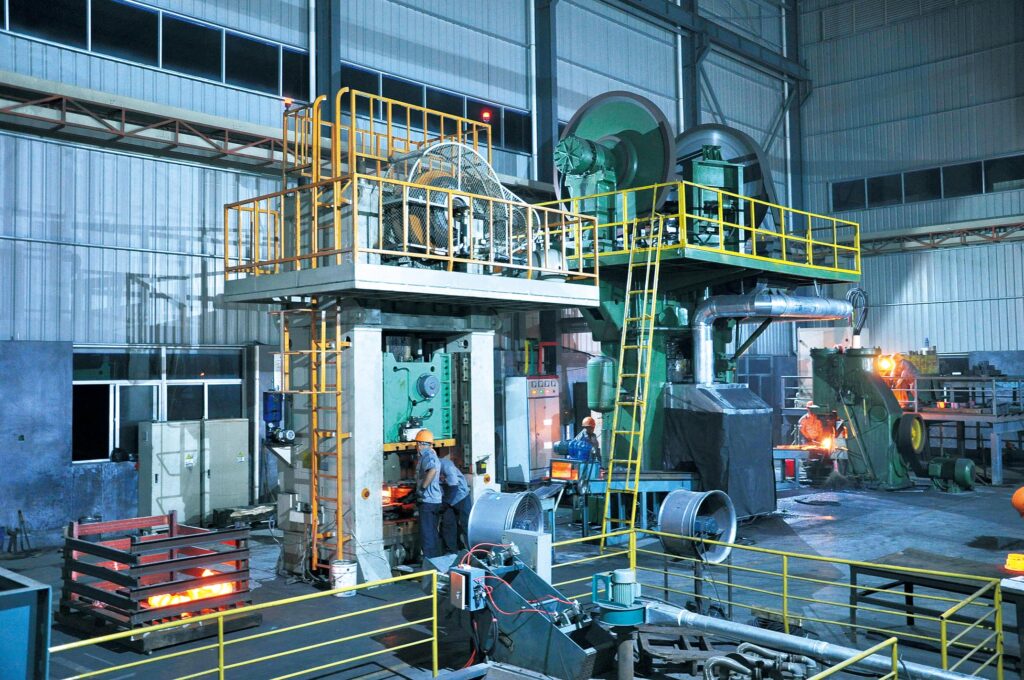Excavator hydraulic cylinders have proven to be effective in various applications for moving heavy loads. Their ability to generate large amounts of force using pressurized fluid, with relatively small amounts of input power, is the reason for this.
Diverse Uses Of Hydraulic Cylinders
The use of hydraulic cylinders is common in various applications, please have a read below:
• Used in plant and earth-moving equipment, such as excavators and bulldozers, the construction utilizes it to power the movement of the boom, dipper, and bucket cylinders. Moving the excavator back and forth.
• Manufacturing utilizes stamping and pressing equipment to apply significant force for shaping or cutting materials in the production and processing process.
• Agriculture involves the use of farming equipment and machinery for tasks such as transportation, planting, feeding, drilling, cultivation, and harvesting.
• Food and beverages are utilized in a broad range of equipment for the purpose of processing and packaging.
- Certain vehicles use the automotive system to provide power to their brakes, steering, and suspension systems.
• Aerospace components: employed for powering the movement of flaps, landing gear, airstairs, and other control surfaces in aircraft.
What Is The Manner In Which Hydraulic Cylinders Operate?
The way hydraulic cylinders work in an excavator involves the use of pressurized hydraulic fluid to create a force capable of maneuvering the excavator and operating the boom, dipper, y balde. The flow of fluid into the cylinder can be controlled by the control valve, enabling precise movement of the boom, dipper, and bucket for the operator.
Cylinders Commonly Found In Excavators & Mini-Excavators
Excavators and mini excavators are equipped with various types of cylinders, each designed for a specific function.
- Bucket cylinders are utilized for powering the movement of the bucket, which is situated at the end of the dipper arm. Bucket cylinders, which are used to move the bucket and control its angle during excavation, are typically smaller than boom cylinders.
- The boom cylinders by excavator hydraulic cylinder factory, are as utilized for powering the upward and downward motion of the main boom. When working, boom cylinders can generate a significant amount of tear out force to move the boom, typically being larger and more powerful.
- The Dipper arm cylinder, also referred to as the stick or crowd, is utilized to provide power for the movement of the arm that carries the bucket.
- Rotary Unions are utilized for transferring fluids from the excavator to the undercarriage of the machine. The ability to change the direction the excavator is facing is important for maneuvering the bucket in different directions or for dumping material.
- A swing cylinder, also referred to as a slew cylinder, is a hydraulic cylinder used in excavators to offset the upper part of the boom around a vertical axis. The ability to change direction is crucial for the operator to maneuver the machine in restricted areas or when excavating in various directions.
- The track adjuster is generally situated in the undercarriage of the tracks and comprises of a hydraulic cylinder connected to the track frame. By pumping grease into the cylinder, the tension in the tracks is adjusted when the cylinder is extended.
- A dozer cylinder, which is also referred to as a blade cylinder, is employed on a mini excavator in order to elevate and lower the dozer blade. The purpose of the dozer blade is to assist in pushing or moving materials, such as dirt and sand, as well as provide stability for the excavator.
- The Vari Width cylinder is installed in the undercarriage to adjust the movement of the tracks inward and outward. This feature on smaller excavators enhances stability and enables the excavator to navigate through narrow gaps exceeding 900mm.

